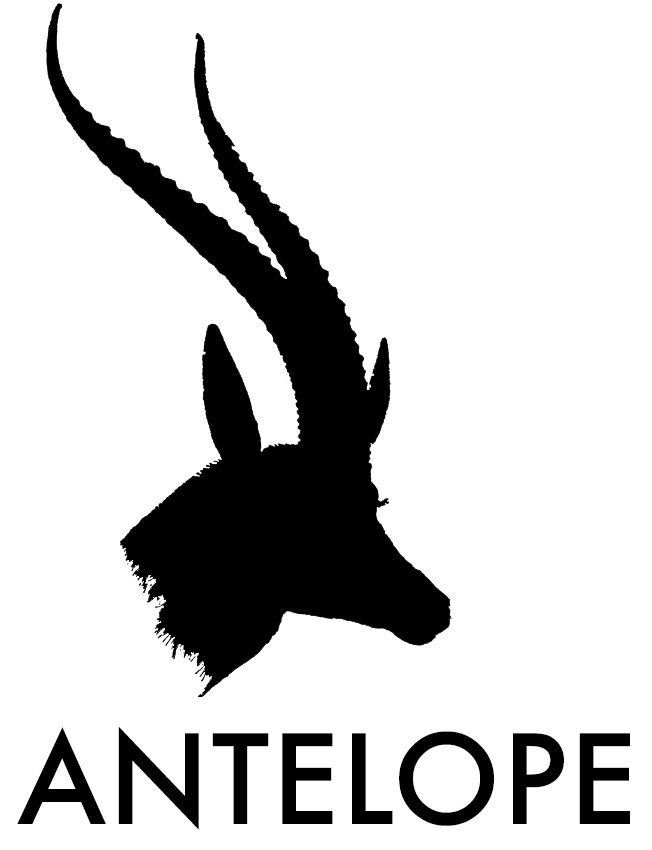Have Bloggers had their day?
We all love hearing about other people - whether that’s their lifestyle, their children and how they parent, their work hacks or their fashion finds. However, by April 2018 there was estimated to be over 400million blogs globally. That’s a lot of information in the blogsphere and a lot of reading.
With 60m blogs alone on Wordpress, 441m on Tumblr, nearly 2m on Joomla and another 1m on Drupal and 1m elsewhere, there are a lot of people out there sharing. How many of these bloggers really have influence? And how many are being written and read /watched or are many just typing and talking to their heart’s (and website’s) own content.
So let’s look at the figures. According to the Vuelio Bloggers Survey 2019 about UK bloggers:
• The main reason for blogging is ‘it’s my main source of income’
• Bloggers are posting less frequently with most posting just once a week
• Over a quarter of all content published on a blog is compensated for in some way
• Five supersectors have emerged: Lifestyle, Food & Drink, Fashion & Beauty, Parenting and Travel
• Bloggers are still predominantly female, but the age profile of bloggers is more widely spread
• Lifestyle then parenting are the most popular blogging topics, with fashion seeing the biggest decline in the number of bloggers choosing this as their topic
• Lifestyle blogs are mostly written by females whereas travel blogging is split between men and women equally
• Most bloggers have just one blog which they own and run.
(Source: https://www.vuelio.com/uk/wp-content/uploads/2019/03/UK-Bloggers-Survey-2019.pdf)
We can add to this Instagram, which boasts 1 billion monthly active users . According to another piece of research, 83% of Instagrammers say they discovered a new product or service on Insta with 600m IG accounts using Stories every day .
Meanwhile, YouTubers continue to exercise their influence. According to more research, PewDiePie has over 96m subscribers at the time of writing this, runner up in second place to T-Series, a Hindi YouTuber with 100m subscribers.
At Antelope, we were recently approached by a brand that believed the only good PR was on YouTube. Their brief was that every other channel had had its day and that with YouTube set to become the biggest search engine that’s where their brand wanted to be at. They weren’t interested in creating a YouTube channel either, they wanted to sit their brand amongst the influencers - to get in with the YouTubers who had topped the charts. Yet, believed that PR was the route - ie. can you influence them to talk about our product without it being a “sponsored” post.
We believe there is a conflict happening in communications at the moment. Between influencers who are monetarising their brands successfully and the viewers/readers who are tuning into those channels. The more the channels become monetarised, the more the influencer becomes like its competitor, constrained by the need to tick brand boxes but within their own tone of voice. How many of us have watched Instagram Stories from numerous vloggers from the same “corporate” press day, or seen the same “(ad)/ #gift” across the various accounts at the same time. Is seeing you are not invited to the party but watching those who are having a great time really the best way to showcase your goods or services?
At Antelope, we don’t think bloggers/vloggers/YouTubers have had their day - far from it. However, we do think that their place in the ecosystem of content is evolving and as with the written word, new parameters will come into play. Transparency is already a given -like the days of stamping “Advertorial” or “Paid content” across the weekend supplement. The balance now is to create genuine, interesting content, have a voice in the crowded marketplace of the blogsphere and yet still generate an income by doing so. Many podcasts do this well by thanking their sponsors at the beginning and end of the podcast, and personalising their experience of the brand sponsoring.
Corporates need to take responsibility for their influence on this too and realise that brand fit is important in their sponsorship and by respecting, rather than exploiting gifted content creators - ie bloggers/vloggers/podcasters - by ensuring that they demand less return on investment and more long term brand building than instant results. As do the influencers themselves. There is not just the ethical reasoning that many of their viewers are still forming opinions and judgements themselves and therefore using these influencer sites as role models, but also think seriously about how they are disrupting the world of publishing by taking readers and viewers away from other content. They need to build longevity into their content to ensure that subscribers do not turn off bored by advertising and promotional footage and we eventually find we are at the opposite pole axis today with no genuine content creators left (as they can no afford the luxury of non branded posts) and we are left metaphorically in a desert of advertising billboards.
Image credit: Image by rawpixel by Pixabay
